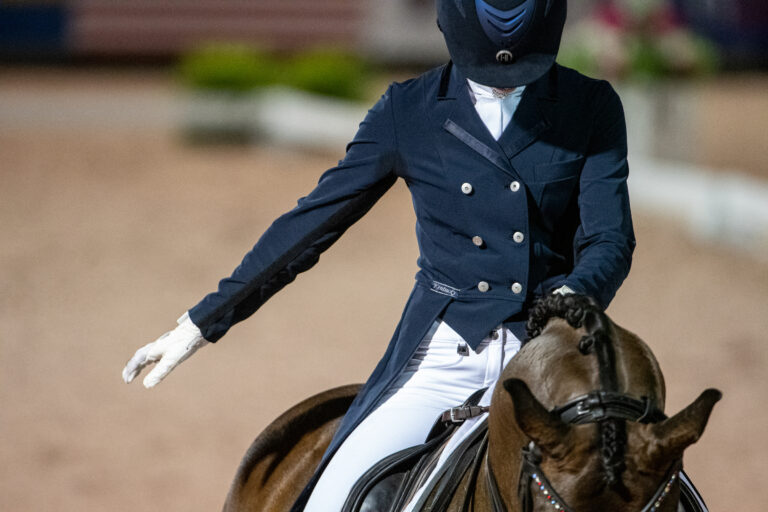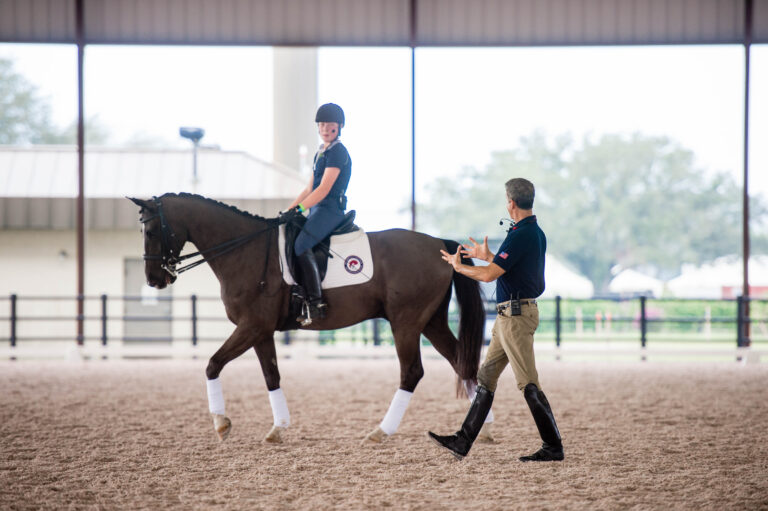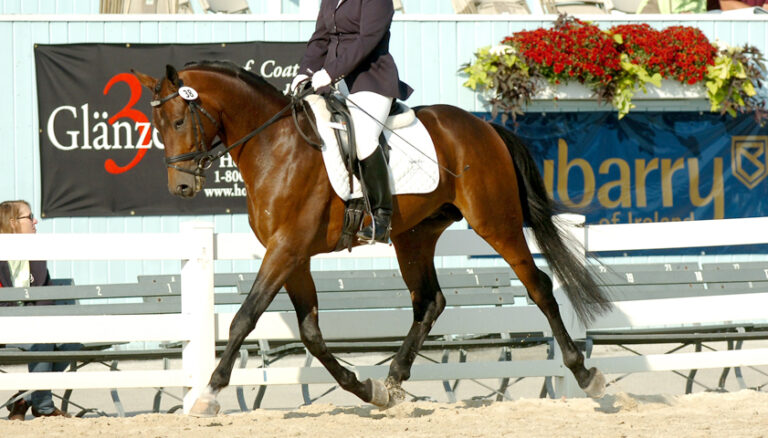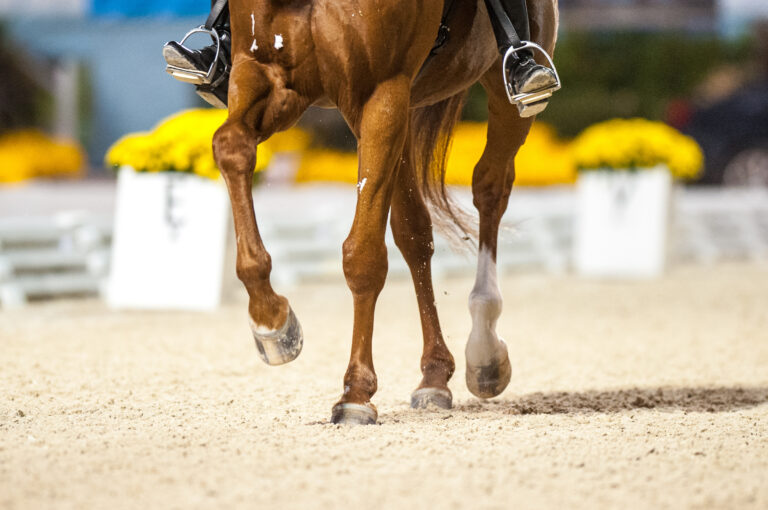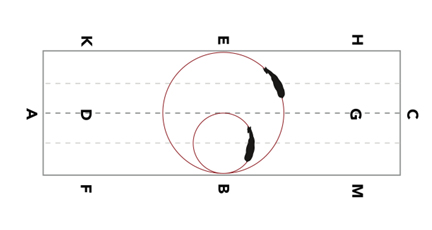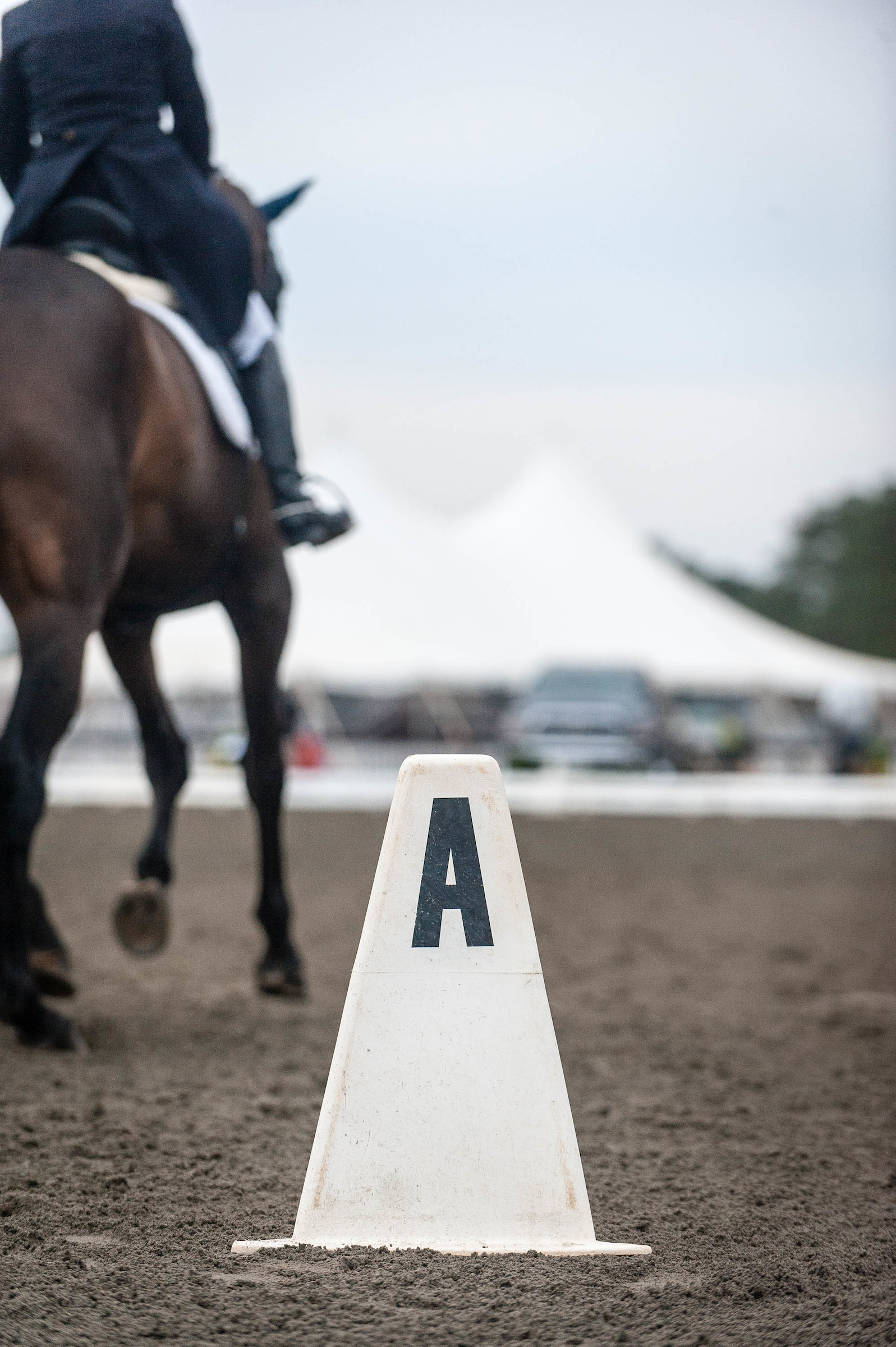
It was not until I converted from show jumping to serious dressage in the early 1960s and studied with the late German riding master Fritz Stecken that I learned the importance of correct basics. Trained by equerry August Staeck in Berlin during the two World Wars and the Spanish Riding School, Stecken’s method was strongly influenced by French riding master François de La Guérinière and German riding master Gustav Steinbrecht.
Stecken became one of the most successful dressage riders in Europe and was often accused of making slow progress, but the validity of his method was born out of the lightness and ease of the numerous horses he trained to Grand Prix. I was fortunate to have ridden one of his horses and can confirm this statement. I also trained two of my horses under his supervision. But I had not always been under his guidance.
My early education took place in Paris. It was during this time that I was introduced to riding in the French classical tradition by Victor Laurent, a retired officer from Saumur who had studied under the doctrine of Gen. Alexis Franois l’Hotte. My first understanding of dressage training was strongly influenced by Fran?ois Baucher and Antoine d’Aure, both former instructors of l’Hotte. It was, however, Baucher’s influence that molded my early years. It was a method strongly influenced by the circus, the main avenue for exhibition at the time, and this gave birth to what we often refer today as circus tricks.
The goal of Baucher’s method was based on the total disposition of the horse’s strength to complete submission to the will of the rider. His method, I was later to learn, was in complete opposition to Guérinière and Steinbrecht. In fact, Steinbrecht, like his instructor Louis Seger, in vociferous opposition to Baucher, referred to him as the “grave digger of French equitation.” It was under this influence that I learned the importance of the methods of Guérinière and Steinbrecht, followed closely by Fritz Stecken.
Stecken made me aware of the correct lateral and longitudinal exercises and the influence they have on a horse’s development. He pointed out the dangers of counter bending on curves and circles, which places the horse out of balance on his outside shoulder. He was not a proponent of leg yield, and pointed out its harm. He used leg yield, as the Spanish Riding School does, at the walk in the very beginning of training to teach the horse to move off the rider’s leg.
I became aware of the importance of the gaits, their rhythm, and training horses within a tempo free of tension to avoid physical and mental resistances. I became aware that brilliance should not be allowed to overshadow correctness of gait. Brilliance achieved at the cost of correctness is always more entertaining to the uneducated eye, while correctness achieved at the expense of brilliance is more aesthetic to the knowledgeable eye.
Realistically, there are few horses born with three outstanding, dazzling gaits. The ones who are fare well in the lower levels. Those who have three correct gaits, but lack brilliance, do not fair as well as their flashy rivals. They must not be run off their feet in an attempt to achieve brilliance. This would only serve to disrupt the correct rhythm of their gaits. They must wait and mature with correct basic training to gain the suppleness and strength they need to improve the scope of their gaits.
I learned that the potential of a horse to reach the higher levels involves more than correct conformation. The horse must also have a good temperament, the willingness to work, sensitivity, internal calmness and a big heart.
Stecken taught me that a training scale is a guideline within which methods are born. All horses are different and require a training program suitable for their individual needs. It is a mistake to follow the same progression or set of tests for each horse. The talented ones must not be held back, and the less athletic ones must not be pushed beyond their physical and mental capacities. This stage of training is the most important and has great influence on horses’ careers.
In the past, trainers took the time to develop their horses’ basics. Unfortunately, today, many of these professionals are too busy for this important basic work and delegate it to less experienced riders. This does not always produce good results. A poor basic foundation is the equivalent of building a cathedral on quicksand.
Dressage competitions would yield different results if judges had to ride the horses they judged before giving their final marks. What they observe would not always be compatible with what they feel under saddle. Well-trained horses must not only be correct in their movements, they must also be a pleasure to ride.
I am, after many years, still grateful to Stecken for teaching me the importance of the correct basics—which I have applied diligently throughout my career—and making me aware of the differences between Baucher’s and Guérinière’s methods. I have been able to better analyze these two different points of view throughout my career.
John Winnett represented the United States in both show jumping and dressage at World Championships and in Olympic Games. He studied dressage in the 1960s and 1970s with Fritz Stecken, Dr. Reiner Klimke and Herbert Rehbein. He retired from international competition in 2000. He authored the book Dressage as Art in Competition, first published by J.A. Allen in 1993. He and his wife, Roanne, settled in Wellington, Fla., in 1996, to teach and train. He died in 2007.
This article originally appeared in the August 2007 issue of Dressage Today magazine.


